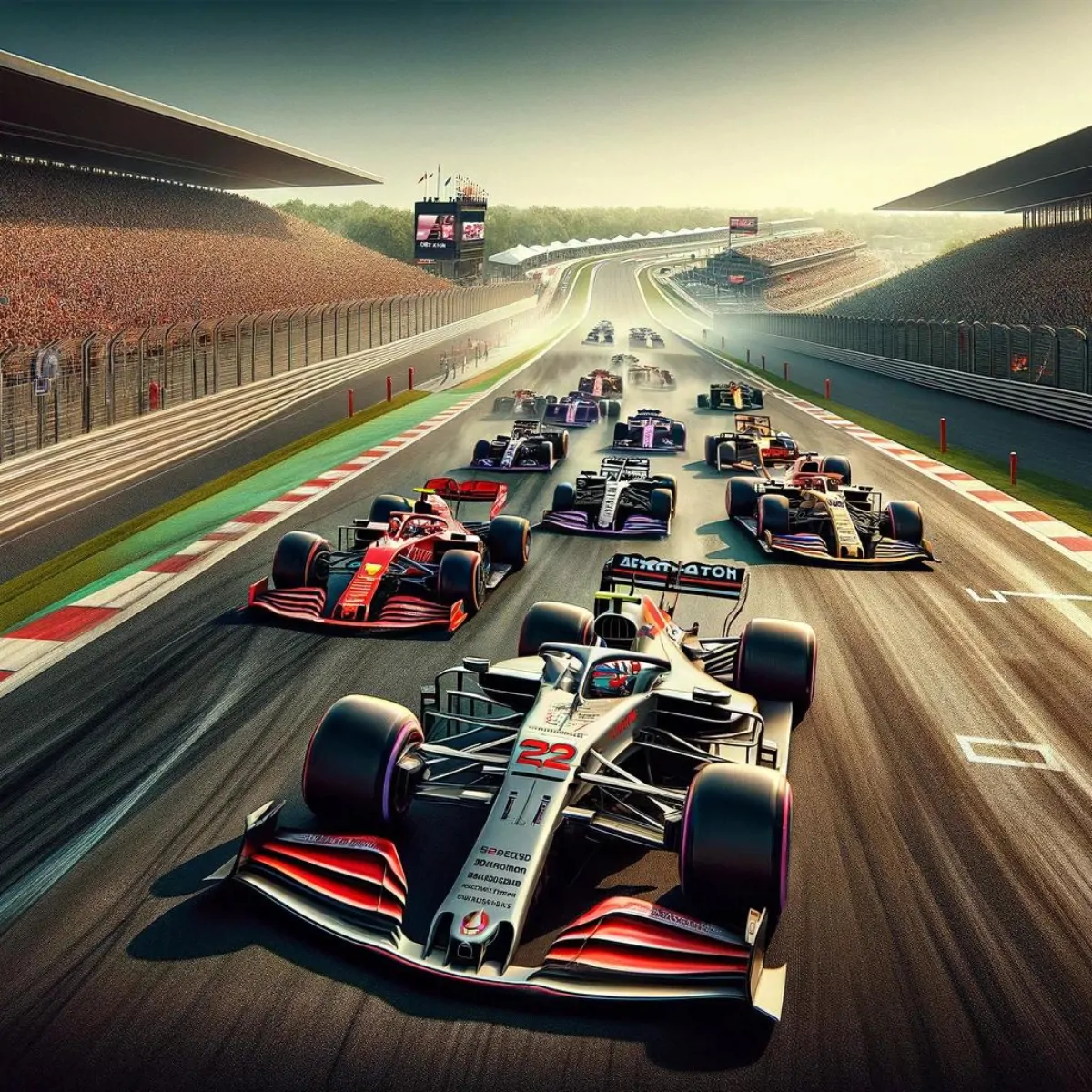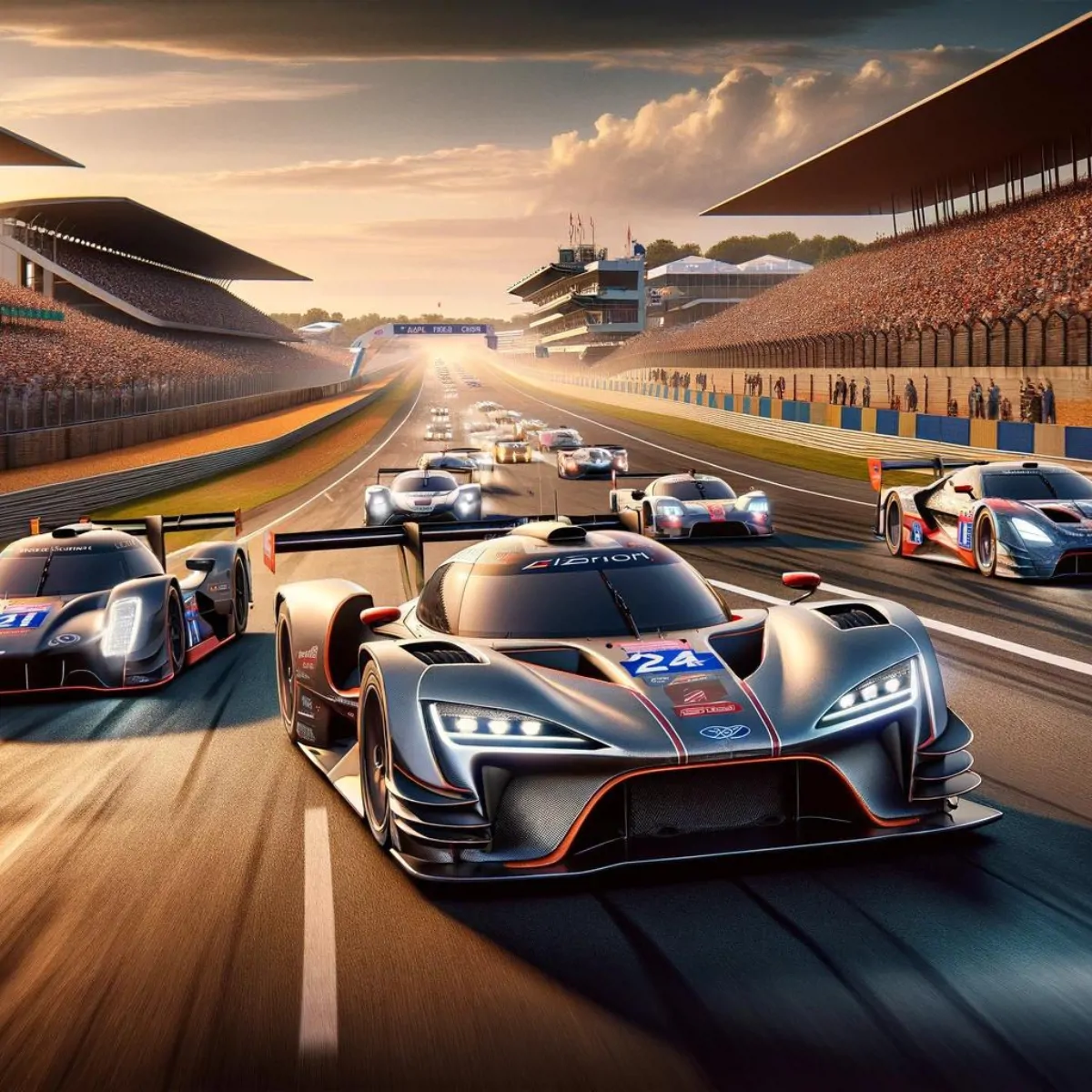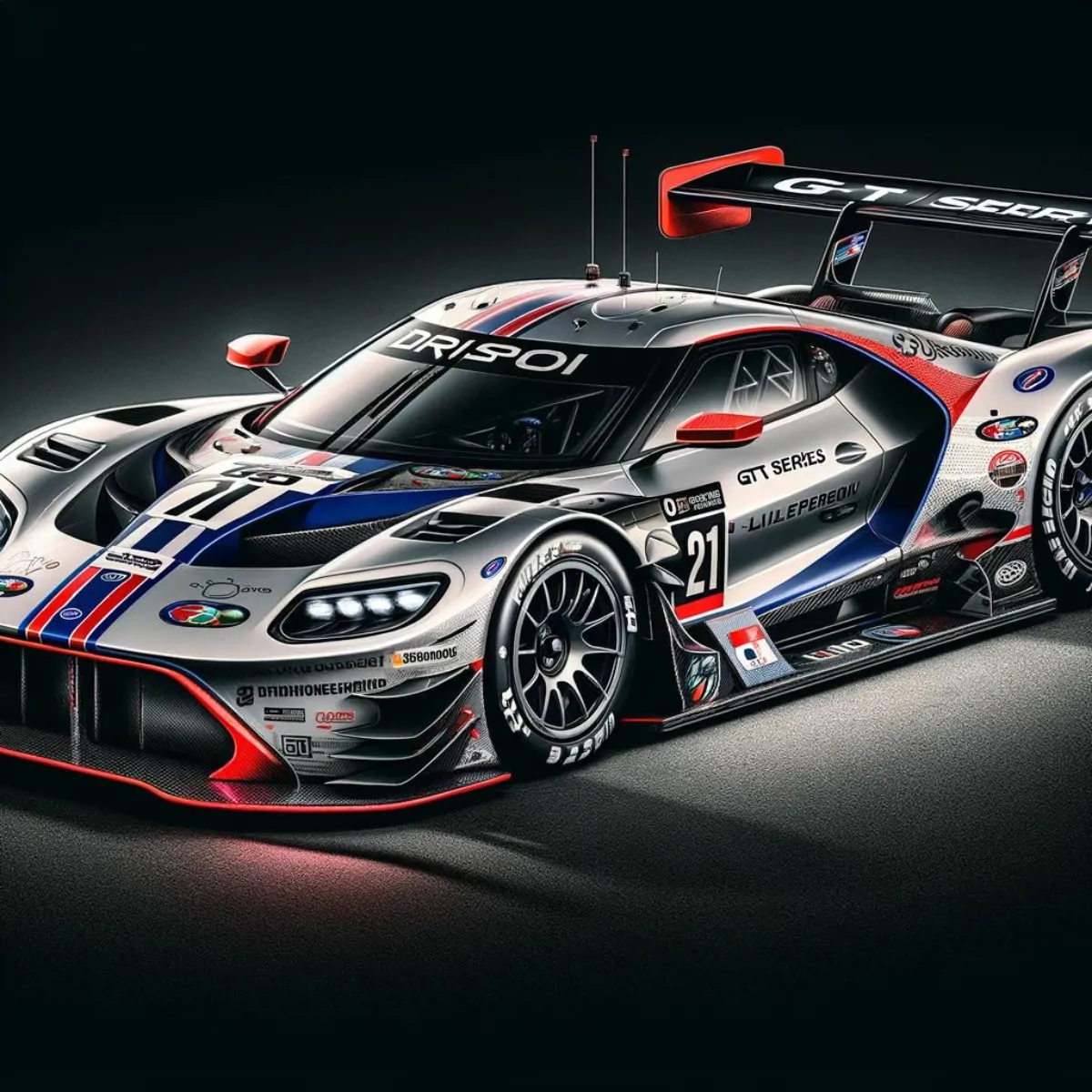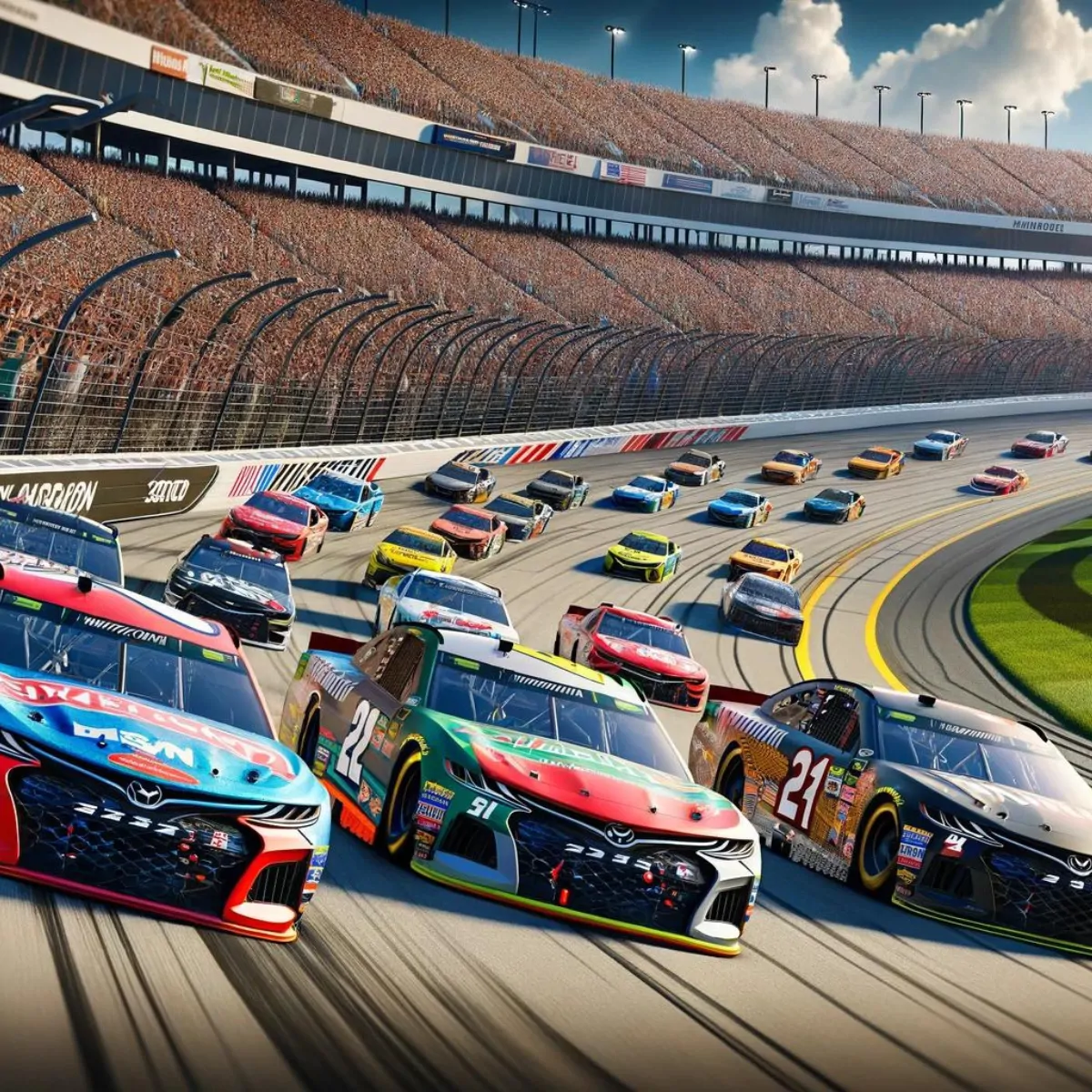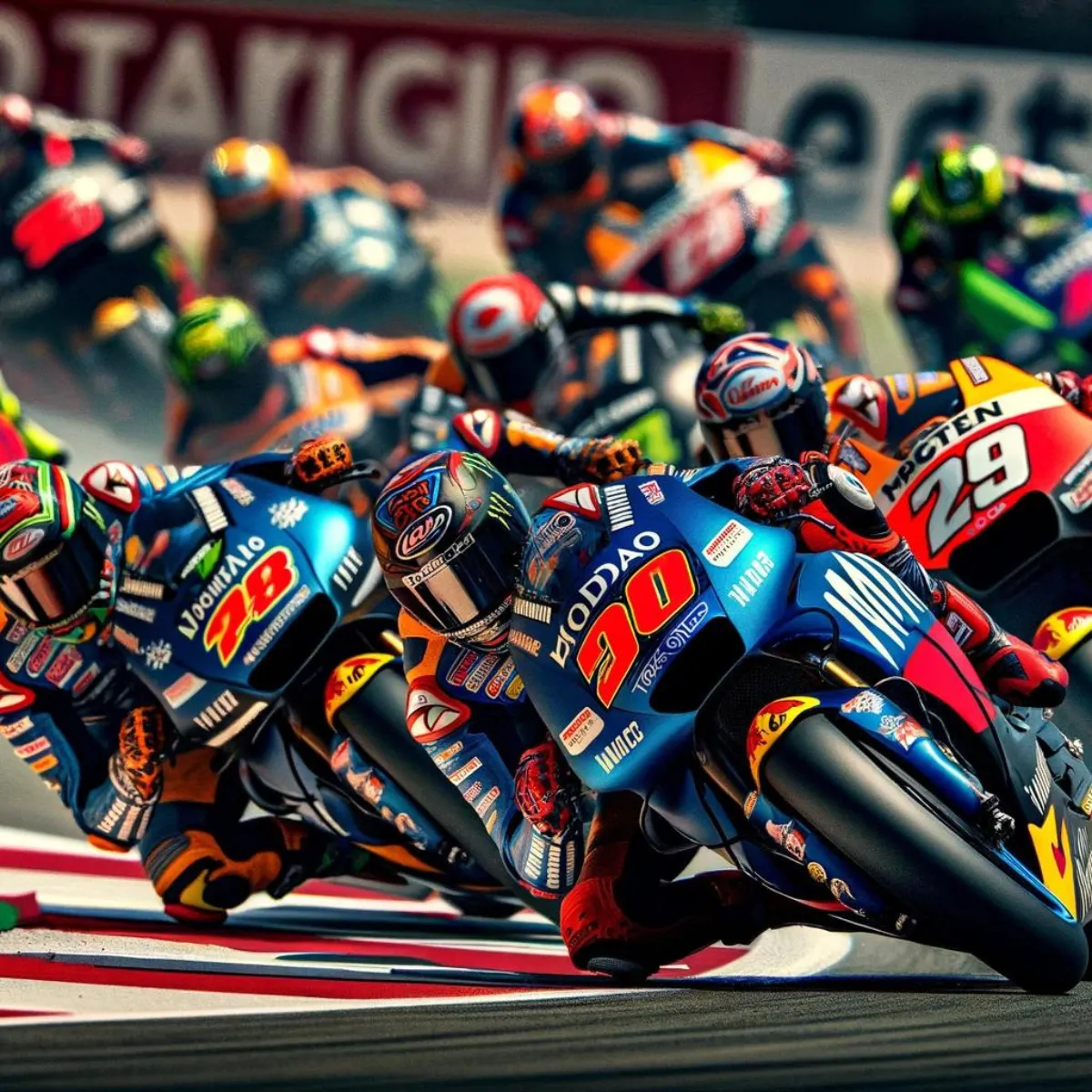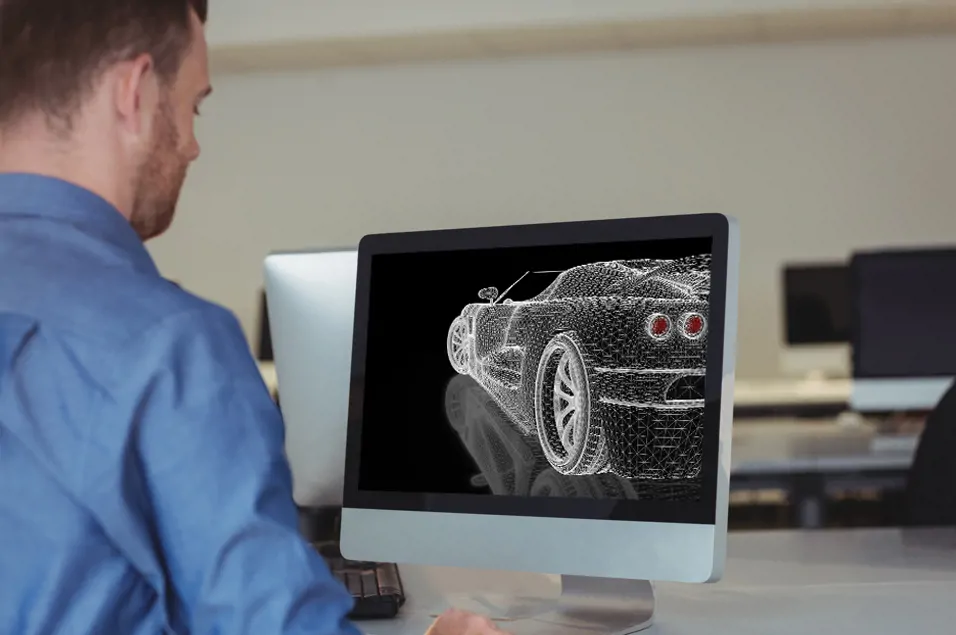MOTORSPORT & F1
Automotive Recruitment Specialists
#WeAreMotorsport
MOTORSPORT & F1 RECRUITMENT SPECIALISTS
When it comes to motorsport, we are the authority on recruitment within Formula One, F1, Formula E, MotoGP, WRC, IndyCar, F2, WRC, Le Mans and many other forms of motorsport.
Motorsport reaches nearly 200 countries; aside from the Olympics, no other sport transcends that many countries. By 2025 almost $9bn will be added to the world economy from motorsport alone. We are embedded as one of the 4,500 companies associated with the UK's motorsport and high-performance engineering industry. However, within recruitment, we are the go-to experts globally.
Whether you need permanent, contract or interim support, we are able to offer this internationally in any motorsport. It also helps that we are also motorsport fans.
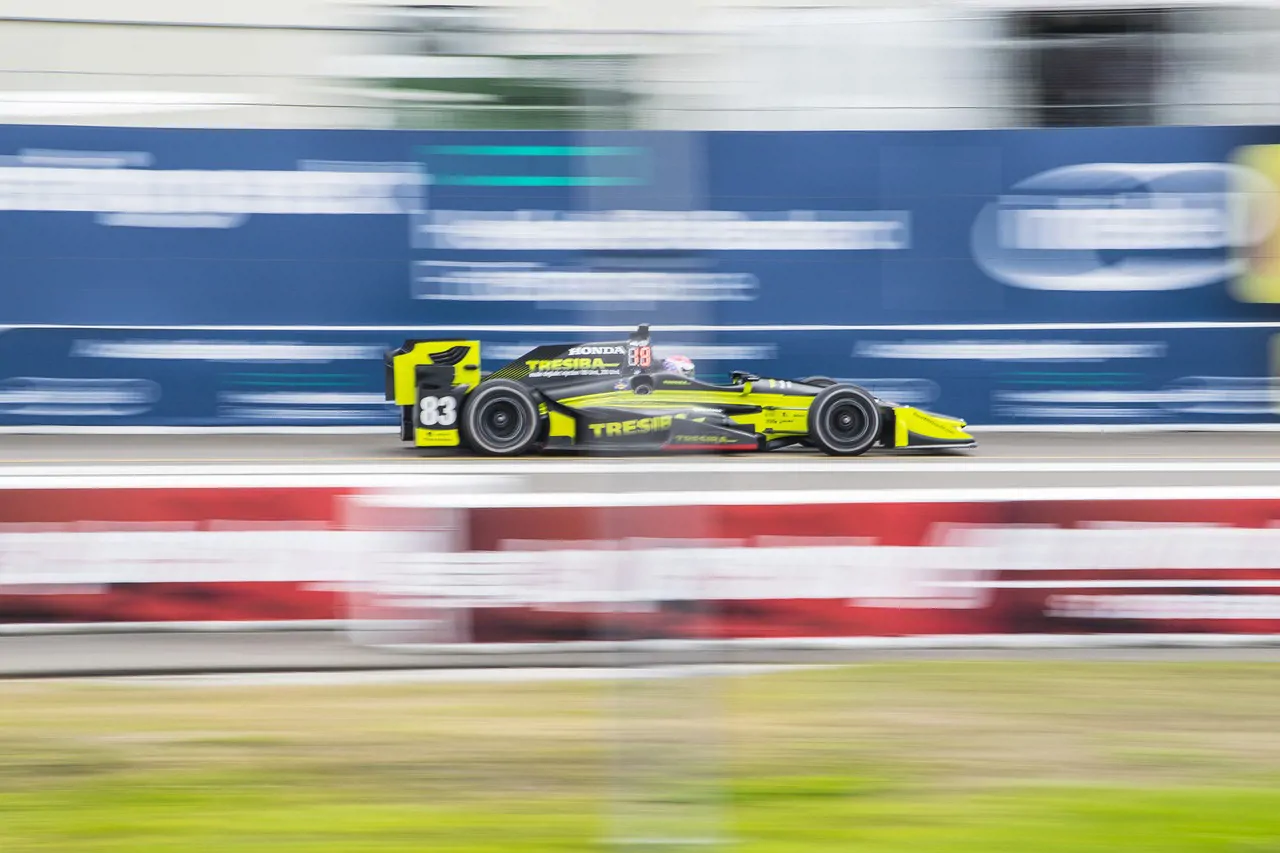
CREATING OPPORTUNITIES FOR A BETTER TOMORROW
Portfolio of service offering
#WeAreAutomotive
Jobs
#WEAREMANE
Global Reach & Local Focus
With over 30 years of recruitment expertise, Mane has established itself as a leading consultancy with worldwide reach. We have developed extensive connections and networks that span numerous locations. We can often provide granular-level insights on labour dynamics across different regions. Combining our broad global outlook with a deep understanding of local intricacies means we are able to provide tailored recruitment solutions to clients worldwide.
Our international presence enables Mane to:
- Establish local recruitment hubs with local content.
- Provide compliant payroll and employment solutions internationally.
- Mitigate your legal and commercial risk by providing a compliant delivery.

